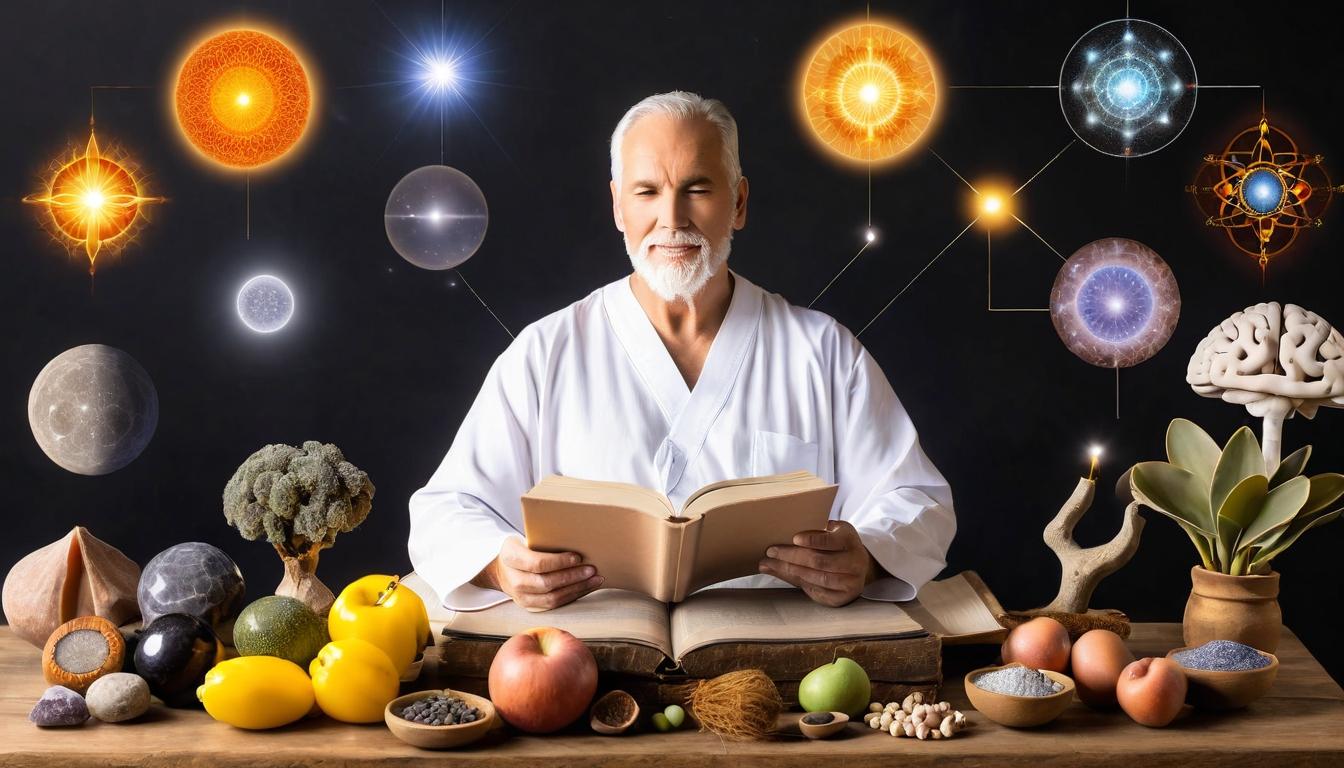In the quiet corners of modern spirituality, a revolution is brewing—one that bridges the gap between ancient wisdom and cutting-edge science. What if the mystical practices our ancestors swore by weren't just superstition, but sophisticated technologies for consciousness expansion? From the resonant frequencies of Tibetan singing bowls to the geometric precision of sacred architecture, evidence is mounting that these traditions operated on principles we're only now beginning to understand through quantum physics and neuroscience.
The humming of a didgeridoo during meditation isn't merely ceremonial—it creates binaural beats that synchronize brainwaves, guiding practitioners into theta states where healing and insight flourish. Researchers at Stanford have documented how these auditory patterns can reduce anxiety by 65% and enhance cognitive function. Similarly, the mandalas that adorn temple walls aren't just beautiful art; their fractal patterns resonate with our visual cortex in ways that induce meditative states, something architects are now incorporating into mindfulness centers.
Energy healing, once dismissed as pseudoscience, is gaining validation through studies on biofield physiology. The human body emits measurable electromagnetic fields, and practitioners of Reiki and Qigong appear to manipulate these fields in reproducible ways. Infrared imaging shows temperature changes in patients' bodies during energy work that correlate with reported pain reduction. It seems our ancestors might have been mapping the body's energy centers long before MRI machines existed.
Perhaps most intriguing is the rediscovery of plant medicines in therapeutic contexts. Ayahuasca ceremonies, once confined to Amazonian shamanism, are now being studied at Johns Hopkins for their profound effects on depression and PTSD. The brew's DMT content appears to reset default mode network activity in the brain, essentially rebooting consciousness patterns hardened by trauma. Modern psychiatry is quietly adopting what mystics knew centuries ago: sometimes you need to break the mind to fix it.
Even something as simple as breathwork reveals hidden depths. Pranayama techniques aren't just about oxygen intake—they directly influence the vagus nerve, which controls our stress response. Navy SEALs now use tactical breathing derived from yogic practices to maintain composure in combat situations. The line between ancient discipline and modern performance science has never been blurrier.
What emerges from this investigation isn't just a validation of mystical practices, but a warning about how much knowledge we've lost in our rush toward modernity. The architects of Chartres Cathedral encoded acoustic properties into the stone that create specific reverberations during chant—a technology we're only now rediscovering for sound therapy. Indigenous star knowledge included astronomical observations that modern telescopes confirm, yet we dismissed them as mythology.
This isn't about replacing science with spirituality, but rather recognizing that the two might be different languages describing the same reality. The challenge for our generation is to approach these ancient practices with both respect and rigor—neither dismissing them as primitive nor accepting them uncritically. In that delicate balance, we might just recover wisdom that could revolutionize healthcare, psychology, and our understanding of human potential.
The mystics were never anti-science; they were proto-scientists working with the tools available to them. Their laboratories were temples, their instruments consciousness itself, and their findings recorded in metaphor rather than peer-reviewed journals. As we begin to translate their work into modern terminology, we're finding that the gap between the mystical and the scientific might be an illusion created by our limited perspective.
Perhaps the greatest revelation is that truth doesn't care about our categories. A healing ritual that works is valid whether explained by quantum entanglement or spiritual energy. A meditation practice that reduces inflammation is valuable whether guided by a neuroscientist or a monk. The future of human flourishing might depend on our willingness to embrace both the microscope and the mantra, recognizing that sometimes the most advanced technology is the one that's been hidden in plain sight for millennia.
The hidden science behind ancient mystical practices

